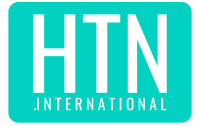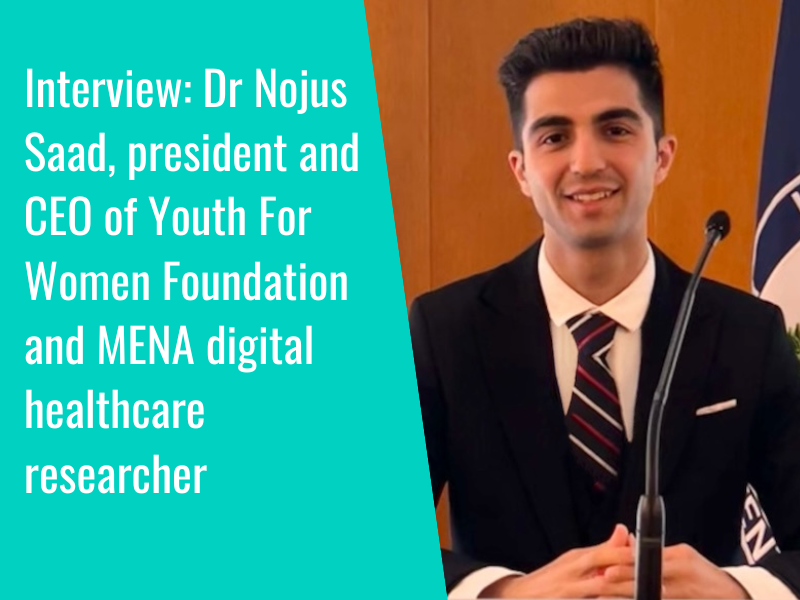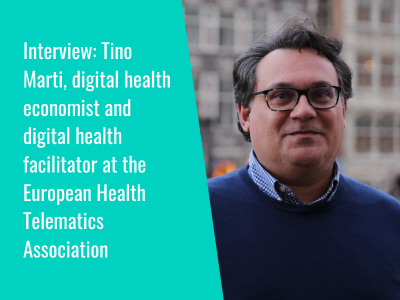At Web Summit in Lisbon, described by Politico as “the world’s premier tech conference”, we had chance to speak to Pouria Mireshghi, co-founder and CEO of Iranian deeptech / medtech company NerveAide, about their recent work and ambitions over the next five years.
Hi Pouria! Thanks for chatting with us. Can you describe NerveAide’s offering?
We are here to help neuro patients like stroke survivors, those with multiple sclerosis, CP, brain injuries, etc., regain their mobility and independence. Our aim is to improve their quality of life and bring back hope, and that is the mission of our company.
We have a number of products, including NEWalk, a functional electrical stimulation system for patients with foot drop and thigh weakness; NEgrasp, a hand rehabilitation system designed to help patients restore hand function after stroke; NEptone, an electrical muscle stimulator system for strengthening pelvic floor muscles to combat urinary incontinence; and NEstim, a portable six channel programable electrotherapy device for pain management, functional rehabilitation, muscle atrophy prevention, and circulation improvement. We also have a product called Cryox, which is a whole-body cryotherapy chamber intended to help athletes with their recovery and pain relief, muscle healing and reducing inflammation.
Taking NEWalk+ as an example: the device is designed to help neuro patients walk. This device includes an internal gait analysis system and controls ankle dorsiflexion and knee flexion/extension to compensate for missing brain signals, enabling patients to walk again. In addition to the auto-tuning function, this device comes with a dedicated mobile application to allow patients to set and control all device parameters on their own for the best possible outcome.
Where did the idea come from?
NerveAide was founded in 2017 by engineers, entrepreneurs, and neurologists with the aim of helping individuals with neurological impairments regain mobility and independence. The idea originated when one of my friends was affected by multiple sclerosis. She faced numerous problems due to her diagnosis, both professionally and personally. As engineers, we endeavored to create a solution for her, and that’s how we started developing this device.
The very first version of our device was released for her; when she used it, she truly came back to herself. It gave her a new lease of life, prompting us to think about developing new products for more patients. Now we are pleased to be bringing back hope and elevating the quality of life for many patients. Given how disability can cause numerous problems for patients, NerveAide aims to alleviate or postpone these problems.
How is NerveAide using technology?
We use deep tech to help people move. Conditions like stroke or brain damage cause the brain not to generate signals for the movement of hands or feet, preventing proper walking or hand use. Diseases like multiple sclerosis affect the nervous system, disrupting the brain signal to the limbs, leading to difficulties in walking or using hand movements, causing significant problems in their lives.
Our devices function as a local brain, compensating for missing brain signals by sending stimulation signals directly to the nerves and muscles of the target limb. For example, if a patient has walking problems, our device installs on their leg to compensate for the missing nerve signal from the brain. It operates independently of the brain, contracting different leg muscles at the exact time needed, enabling the patient to walk again.
What stage is NerveAide was at – where is it in terms of development?
Currently, more than 5,000 patients are using our products. We’re classified as an SME. We have developed a cutting-edge wearable rehabilitation device that uses AI to control all body muscles. Using 40 innovative sensors, this device detects body movements, learns the body movement and posture of normal people, and sends functional electrical stimulation signals to 60 points of the body, correcting all body movements and problems during walking and daily life activities. It can be used for neuro patients, the elderly, and astronauts.
What would you like to see from NerveAide in five years’ time?
We are striving to serve as many patients as possible. I believe that in five years, many more patients will use our devices. These intelligent devices are designed to make life much easier for patients. We are currently looking for partners and investors to enter international markets and serve people worldwide.
How do you think Iran fares in terms of digital health on a wider scale?
We have made significant progress in digital health in Iran, but unfortunately, the country is somewhat isolated from the world. It’s not easy for companies like us to expand to other countries, but there’s a lot of potential, and I believe that if these limitations were removed, we could be one of the top countries in this field.
We would like to extend our thanks to Pouria for taking the time to share his thoughts.
- 1
- 2














